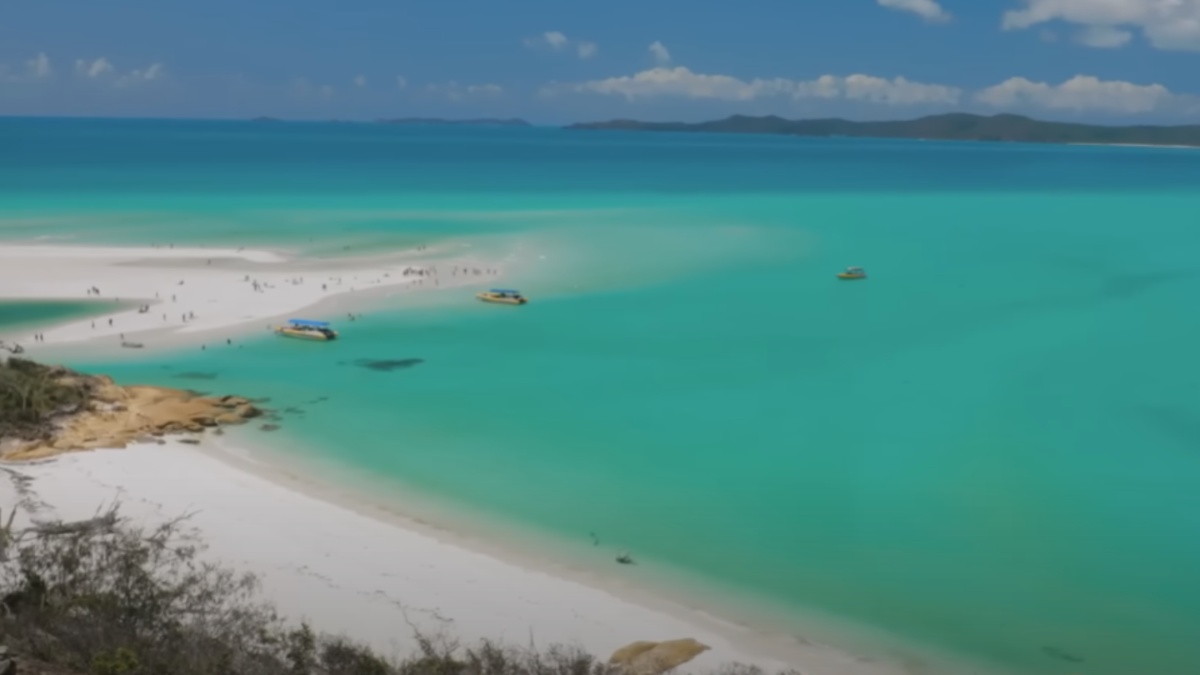You probably know there is more water than land on the Earth, but how many oceans are there?
The question is answered in two parts. First, there’s technically only one ocean — the global ocean – as the United States’ National Ocean Service explains. Water covers 71 percent of our planet, which is a large majority of the Earth’s surface area. That being said, the ocean has been divided into different zones, which include some of the names that you likely were thinking of before clicking on this article.
According to the government department, there are historically four named oceans in the world: the Arctic, Indian, Atlantic, and Pacific Oceans. If you live in the United States, then you (should) know that the country’s west coast hits the Pacific Ocean whereas the East meets the Atlantic. The Arctic Ocean is geographically located in, you guessed it, the Arctic, which is at the top of the globe. The Indian Ocean sits south of Afro-Eurasia.
Many countries including the U.S. recognize a fifth named ocean — the Southern Ocean. That runs along the “coast of Antarctica to the line of latitude at 60 degrees south,” the department’s website reads. The South Ocean has “yet to be ratified by the members” of the International Hydrographic Organization, however, meaning it’s not officially considered an ocean by the intergovernmental organization charged with charting and mapping the world’s waters.
What’s the difference between an ocean and a sea?
So, we’ve got four (or five) named oceans. But, you likely also know about a few seas, like the Mediterranean and the Caribbean. So, what’s the difference?
Simply put, seas are much smaller than oceans and typically meet land. For example, the Mediterranean is enclosed by Western Europe and Northern Africa and spills out into the Atlantic Ocean. The Caribbean runs along the eastern side of Central America and north of South America right by the Atlantic.

